Botox Treatment in London
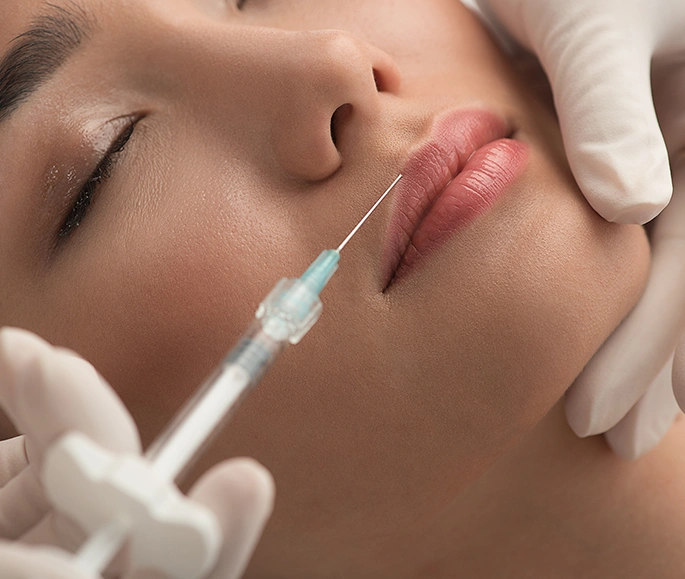
The Ultimate Guide To Botox Treatments
Still trying to decide whether or not Botox® injections would be an adequate anti-wrinkle treatment for you? In order to make the best possible choice, you need to fully understand not only what Botox® is, but how it works and whether or not it is suitable for your condition, lifestyle, and budget.
We wanted to give you the most extensive and detailed guide to Botox® injections available today. This resource is packed with information about how Botox® injections are used as an anti-wrinkle treatment and how transforming it could be for you and your lines.
We have included everything you need to know about Botox® injections, from what the Botulin toxin is, how it works, how safe the treatment is, how quickly you can expect results and for how long, how painful the injections are, as well as important aspects which can impact your daily life such as comfort and movement post injection and obviously cost – so you can assess whether or not Botox® injections are an adequate anti-wrinkle treatment for you and your lifestyle.
Key Factors To Help You Choose Botox As A Wrinkle-Reduction Treatment
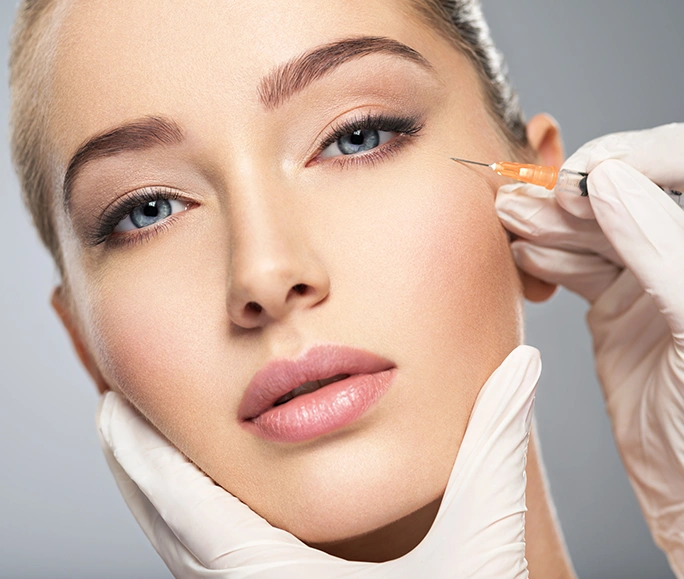
1. History Of Botox?
Botox® has been used medically for a long time to treat very specific muscular conditions such as:
- Hyperhidrosis (excessive sweating)
- Chronic migraines
- Muscular disorders such as cervical dystonia (a neurological disorder that causes severe neck and shoulder muscle contractions)
- Some bladder and bowel disorders
- Eye muscle related conditions caused by nerve disorders (causing uncontrollable spasms of the eyelid for example)
Since the mid-1980s however, Botox® has also been used cosmetically to remove or prevent the appearance of wrinkles. Cosmetic treatments include:
- Treatment of frown lines
- Treatment of crow’s feet (lines on the side of the eyes)
2. What Is Botox?
Botox® has been used medically for a long time to treat very specific muscular conditions such as:
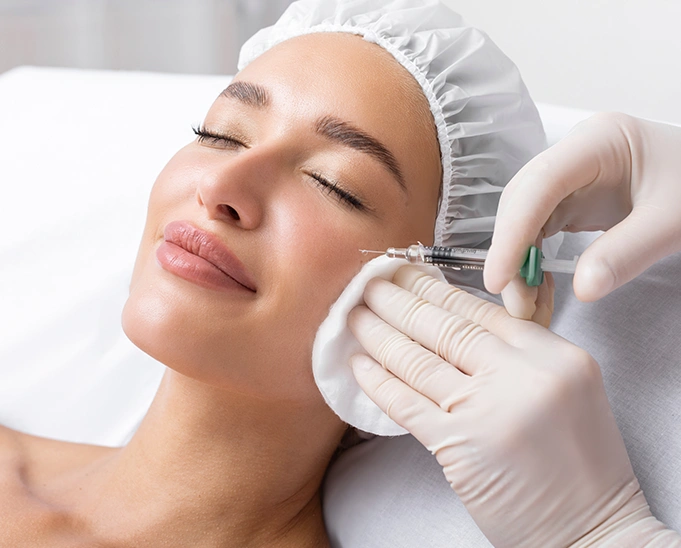
But what is Botox® exactly? Botox® is made from a neurotoxin called botulinum toxin that is produced by the bacterium Clostridium botulinum, an organism found in the natural environment (including soil, lakes, and forests) where it is largely inactive and non-toxic. Infection with the organism is dangerous to human health as it causes a potentially fatal disease called ‘botulism’. Botox is, however, the purified form of Botulinum toxin A and is generally considered very safe when injected into the muscles or veins. The drug carries an FDA warning stating it has the potential of spreading to other sites when the injection is administered. The warning was made compulsory in 2009, following deaths associated with Botox use. This does not mean the drug is unsafe though as there have not been confirmed cases of spread of the toxin away from the injection site when administered at the recommended dose for many of its approved medical and cosmetic applications. Many people have been successfully treated with the drug without any pronounced side effect.
The process of administration is simple. In its purest form, the Botulinum toxin comes in as a very fine white powder. The powder is then diluted in a saline solution which makes it easy for your practitioner to inject into the desired area.
-
Wrinkle Reduction in Forehead: Botox use is a great option for reducing wrinkles on the forehead. Minute doses of Botox over multiple areas has proven very effective in this regard. If administered effectively, Botox could help to achieve a useful and relaxed appearance. Care must be taken during the administration as the excessive weakening of the muscles in the forehead region could lead to eyebrow or eyelid skin droop. To prevent droop, the need to inject Botox into the crow’s feet or eyebrow area may arise.
-
Crow’s feet: As long as you keep working your facial muscles by smiling, laughing or squinting, the appearance of crow’s feet is somewhat inevitable. Botox is basically used to keep crow’s feet under control as they tend to get deeper over time. Botox administration is a great non-surgical option for controlling crow’s feet. Small doses of the injection at scheduled intervals seems to be a good option for most people as this ensures subtle change.
-
Glabella: the glabellar region is the area of space between the eyebrows and above the nose. Botox shots are given between the eyebrows to limit the appearance of frown lines and wrinkles in that region.
-
Reduction of a gummy smile: The term ‘gummy smile’ is used in describing excessive exposure of the gums when you smile. They could be caused by a short upper lip, small teeth or excessive gum tissue. Intramuscular injection of very low dose Botox into the elevator muscles in the upper lip has been used by dentists as an effective method for reducing gummy smile. Botox paralyzes the upper lip, preventing its contraction and subsequent exposure of the gums. The treatment normally lasts for about three to four months.
-
Tightening of the neck: The use of Botox in the alleviation of neck tightening is also gaining popularity. Local injection into the muscles of the neck results prevents contraction of the muscles, inhibiting neck tightening. Its effect on the skin surrounding the neck may or may not be different from that of the face. This is because the neck skin is often loose and much less elastic than the skin on the forehead. The restriction of muscular movement in that area is, therefore, unlikely to translate into smoothening of neck wrinkles.
-
Hyperhidrosis: Botox is approved for the treatment of severe underarm sweating in people 18 years and older. Botox is, however not a first line drug in this condition. It is only used when treatment with topical agents and antiperspirants have proved ineffective. The safety or efficacy of the use of Botox in treating excessive sweating in places other than the armpits has not been established.
-
TMJ / bruxism: Botox has also been used successfully in the treatment of Bruxism and Temporomandibular Joint Disorder. Bruxism is characterized by constant teeth grinding or clenching of the jaws. This is also due to hyperactivity of the jaw muscles. Paralysis of the muscles would prevent this and teeth grinding. Botox is injected into the muscles of mastication and the major symptoms of bruxism particularly myofascial pain is greatly reduced. The low dose is able to partially paralyze the muscles, limiting their ability to forcefully clench or grinding while still retaining enough muscular mobility such that normal functions such as eating and talking are not compromised. Higher doses may be required for people with stronger muscles of mastication.
-
Hypertrophic masseters: the masseters are one of the four muscles of mastication in humans. Anatomically, the muscles are strategically located. Their closeness to the mandibular ramus gives them a major role in facial aesthetics. Hypertrophic masseters usually alter facial lines, giving the face an odd square shape. Masseter hypertrophy, unlike bruxism does not exhibit any symptoms. From an aesthetic point of view, however, the odd shape it imparts on the face makes treatment worthwhile. Bruxism is a known cause of hypertrophic masseters. A low dose of Botox injected directly into the masseter muscles cause disuse atrophy thereby de-bulking the masseter muscles and reducing the width of the lower face. Considering many of the other available treatments for this condition are invasive, Botox injection is a great way to correct hypertrophic masseters.

a. For wrinkle reduction
Wrinkles are formed by a process called ‘dermal atrophy’ and repetitive contraction of the underlying facial musculature. This normal aging process is essentially down to the constant movement of the face and forehead (when eating, blinking, smiling, etc) and a loss of the skin’s elasticity over-time – creating fine lines in the early days and deeper wrinkles later on in life (for the most part)
Botox® allows practitioners to essentially tackle both dynamic wrinkles, those seen during muscle contraction, and static wrinkles, those which are visible at rest.
The Botulinum toxin is used to reduce fine lines and wrinkles and injected in very little concentrations into the desired area by your practitioner using a syringe and a small needle.
These small injections of Botox® work by targeting the nervous system and disrupting the signaling process that allows neurons to communicate effectively with muscles, weakening and paralyzing, thus weakening or paralyzing those muscles altogether.
From a more technical standpoint, this type of treatment relies on the fact that for muscular contractions, they rely on the nerves releasing a chemical component called acetylcholine, at the meeting point between the nerve endings and muscle cells. This chemical messenger travels down the nerves. It is then attached to receptors on the cells of the muscle, bringing about muscle cell contraction.
By injecting botulinum toxin in the treated area, it simply stops the acetylcholine release. This, in turn, means that acetylcholine does not travel down the nerves and therefore cannot attach itself to receptors on the muscle cells – thus thwarting muscle cells contraction.
b. For Hyperhidrosis (Excessive Sweating):
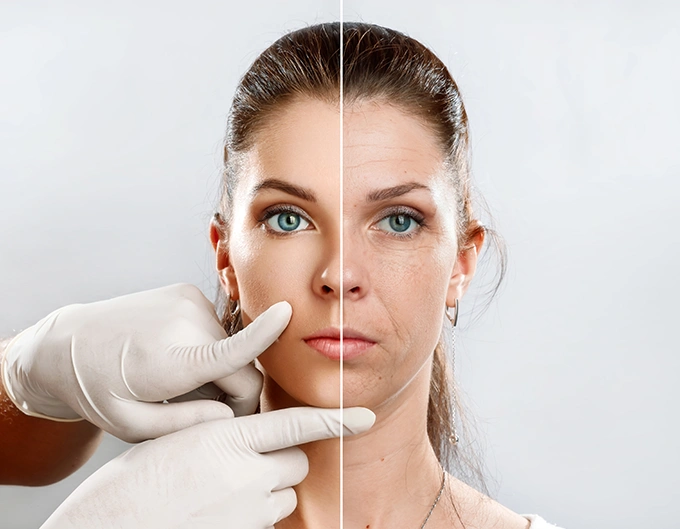
The mechanism of action of Botox is basically the same for all the conditions the drug is used for. The brain controls all the activities in the body by the action of nerves which carry chemical signals. Sweat is produced by the sweat glands after receiving a chemical signal from the brain. Administration of Botox to the underarm region temporarily blocks the transmission of signals from the brain to the sweat glands present in the armpit. This stops sweat production in that region for the period through which the Botox injection acts. Hyperhidrosis is, therefore, adequately controlled.
It would only be logical to ask where the sweat is retained as you probably known that sweat is one of the body’s means of excreting waste products. The sweat technically is not retained in the body. Botox does not cause any significant change in the volume of sweat produced by the body. The sweat is still expelled but it is only produced by some other lands elsewhere. Body odor arises form underarm sweating because of the lack of free air movement in that region. Moisture is retained for longer periods and the bacteria producing the odor is allowed to thrive in the moist conditions. Most other areas of the body are adequately ventilated and production of sweat in those areas does not lead to body odor.

c. For TMJ / Bruxism and Hypertrophic Masseters
For the treatment of TMJ/Bruxism with Botox, the masseter, temporalis and the medial pterygoid muscles are typically injected. Treatment with Botox is being explored since TMJ pain and Bruxism have been discovered to occur as a result of multiple factors. A multidisciplinary approach to management of the pain is advocated. Botox is thought to reduce Bruxism by disrupting the transmission of signals in the trigeminal motor nucleus, inhibiting the central Bruxism generator through the paralysis of the mandibular muscles. Another mechanism thought to be responsible for the activity is the deactivation of the periodontal mechanoceptors during mastication. This would aid the closure of the mandibles by the motor neurons.
5. Do Botox Injections Hurt?
‘It’s completely painless’ has to rank as one of the most told lies in history. So often, nurses trying to be kind have told us or our kids that an injection won’t hurt a bit. Many times the statement ends up being believable, as only slight pain is felt. Some other times, it’s an outright lie. Botox injection has to fall under many times in this discussion. Under normal circumstances, taking a shot of Botox has not been associated with moderate pain, talk less of severe pain. Asides the normal pain that is expected from inserting a needle into any part of the body, a shot of Botox does not cause more than a pinch or sting.
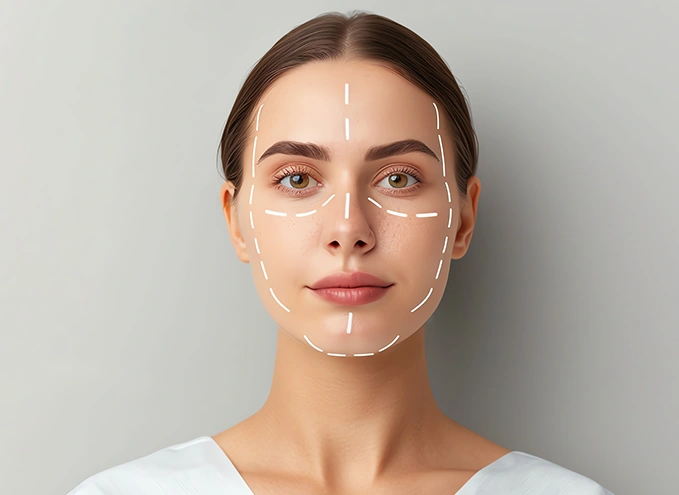
The site of injection also influences the sensation of pain. Patients receiving the injection around the eye area and lips tend to feel more pain than other sites. Injections administered to the forehead are typically less painful due to the thicker and less sensitive skin in that region. This is, however, not a general rule for everyone. Some may find other areas more painful than the ones mentioned. Genetics also play a role in skin sensitivity and consequently, the sensation of pain. So the next time you see adverts describing Botox injections as pain-free, you should know that it may not be completely true as different people have different pain thresholds. What is true, however, is that it is very uncommon to see a patient writhing in agony when leaving the doctor’s office after taking Botox shots.
If you feel you are unable to tolerate any form of pain, a local anesthetic or numbing cream may be administered prior to administration of your Botox shots. Although this would make the injection completely painless, it is rarely needed. Additionally, opting for a painless administration somewhat bumps the cost of treatment. So if you have the phobia and the funds, you may just go for it.
6. How Long Will The Treatment Take?
A typical Botox treatment only takes a few minutes. Your doctor may have already prepared the dilutions before you get to the clinic for your appointment. All that remains is locating the right muscles and administering the injections. You can always get right back to work or resume your daily activities on the day you receive your Botox shot. You have to remember that the first few hours after your injection is crucial if you are to avoid unwanted effects. Refrain from rubbing the injection site or lying down within that period to prevent Botox migration.
Botox injections typically wear off in about three to six months. Your wrinkles may start re-appearing within the said period and you may need to start thinking about getting another shot. The appearance of wrinkles may be permanently prevented with long term use of Botox.
7. How Soon After The Injection Will I See Results?
The onset of results for Botox treatments vary with individuals as well as the area of the body treated. Generally, Botox is expected to start having visible effects within three to four days after injection. Some patients may see the results earlier while it could be delayed for some others. On the average, it takes about 2 weeks for maximum results to be seen. So if you are planning to have a Botox treatment to get you ready for an event, tailoring the treatment to about 2 weeks prior to the event would be a great idea. You would be experiencing the full effect of the drug by then and whatever bruise or discomfort you may get from the administration would have been long gone by then.
8. How Long Will The Results Last After The Botox Injection?
The results after the Botox injection are expected to last for about three to six months. The binding to the nerve that causes muscle paralysis is permanent. As the muscle gradually begins to regain its mobility, the wrinkles or hypertrophy begin to re-appear. The re-appearance indicated the effect of the Botox injection is wearing off and another shot may be necessary. With continued use of Botox, the lines and wrinkles gradually become less severe as the muscles begin to shrink after an extended period of inactivity.
9. Risks And Contra-Indications (Is Botox Safe?)
Botox is an FDA approved treatment. If administered by a professional, Botox injection is generally safe and the incidence of severe side effects is very minute. Like any drug though, the potential for side effects cannot be completely overruled. Due to the route of administration, the risk of bruising or swelling of the injected area is always present. This could come with pain and discomfort. You may need to take an analgesic for your pain but if the pain remains at uncomfortable levels, you may need to see your healthcare provider.
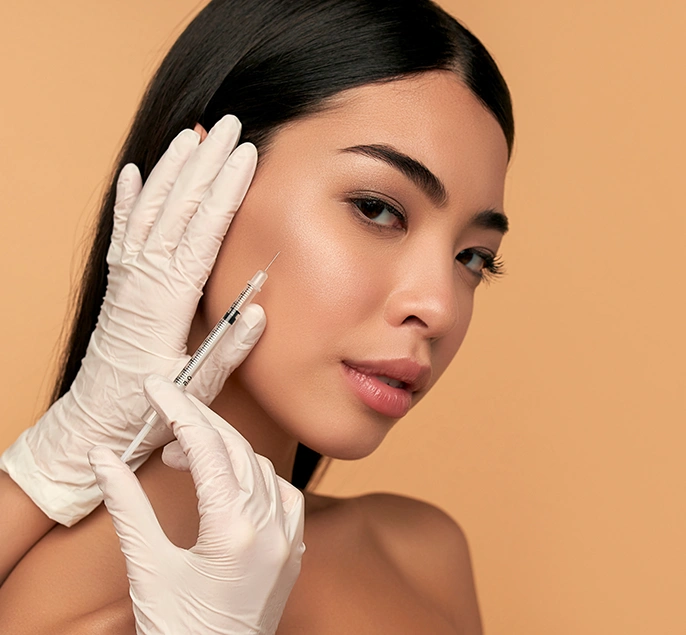
If you had your Botox injection close to your eye, you may experience drooping of the eyelids due to Botox migration. If this occurs, it could last until the effects of the injection wears off (about 3-6 months). You may have to live with it if it doesn’t cause any symptoms. If you are however experiencing other symptoms such as double vision, please contact your healthcare provider immediately.
Administration around the lips also poses a great risk. If incorrectly administered, the drug could paralyze all the muscles in the lips, leading to inability to move the lips and consequently, inability to carry out some essential functions such as speaking coherently.
Some other side effects have been reported following Botox use but most are usually mild and resolve in 24-hours or less. Such side effects may include nausea, facial tightness, dry-mouth, sore-throat, flu-like symptoms, etc. If these symptoms persist or worsen, you may need to seek medical attention. The possibility of severe allergic reactions also exists; just like is present for any other medication. Such reactions reaction normally occurs almost immediately after the drug is administered. Since you would be taking your shot from a physician, adequate provisions would be made in case such a reaction occurs. In the unlikely event that the reaction is delayed, please contact an emergency service if you notice symptoms such as difficulty in breathing, tightness in your chest, bulging tongue, severe itching around injection area or all over the body etc.
Studies are ongoing to establish the long term safety of Botox injections. At present though, no debilitating long term side effect has been observed. Some studies have shown that prolonged use of Botox may lead to muscle atrophy and appearance of new wrinkles. Botox has also been reported as addictive, especially if started at an early age.
The drug carries a boxed warning citing the potential for a very serious complication. This could occur if the toxin is not diluted properly or is allowed to enter the systemic circulation or spread to other areas of the body. The classic signs of botulism including weakness, trouble seeing, fatigue and slurred speech may occur. This condition is life-threatening and should be treated as an emergency. Reports of such occurrences have majorly been attributed to the illegal use of Botox. It is important to ensure you get your injections from a registered physician.
If you are taking any other medicine, please inform your doctor before getting a Botox injection. Interactions with antibiotics, blood thinners, muscle relaxants, sleeping pills, cold or allergy medicine, bronchodilators, and many other prescriptions and over the counter drugs have been reported. These interactions could affect the activity of Botox or the drug it is coadministered with.
There has been no definite conclusion about the safety or otherwise of Botox during pregnancy. It is generally advised that Botox for cosmetic purposes should not be given to pregnant women as the benefit does not outweigh the risk.
You should also inform your doctor if you have any disorders such as bleeding disorders or muscle and joint disorders.
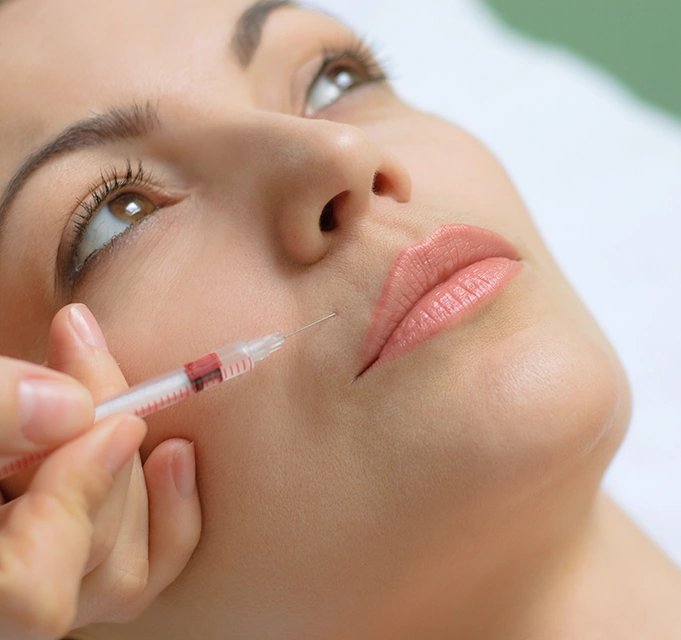
Botox treatment typically doesn’t end with the administration of the injection. You still have to take some precautions if the treatment is to be effective and some undesirable effects are to be avoided. Immediately after Botox administration on your face, you should never lie down or massage the injection area for at least four hours. This is to prevent the drug from spreading to other regions of the face where it would only produce odd results. This concept is known as Botox migration and it is principally responsible for drooping of the eyelids occurring in many people after receiving Botox injections. You should take even more precaution if you received the injection around your eye. Your practitioner may also recommend face exercises at intervals. The exercises are typically recommended within one to four hours post treatment. The exercises are considered beneficial because Botulinum toxin attaches more strongly to nerves that send signals to muscles that are active or in regular use. Remember, no matter how beneficial your practitioner may say the exercise is it should never involve touching or rubbing your face.
Disinfection of the treated areas may be necessary to prevent infection. The wound inflicted on the injection site is always tiny and should not take more than a day to heal up. Within the 24-hour period, you should not touch your face with unwashed hands. If you start feeling persistent pain or notice excessive swelling or redness in the injection area, applying an ice pack should make your symptoms go away. You should wrap the ice in a towel before applying it on the affected area with slight pressure.
Complications are rarely seen if the Botox administration is handled by a professional. If the administration goes as planned, you should be able to return to work on the same day. You need not suspend your daily activities because you want to take a Botox shot as the drug would not impede your normal functioning.
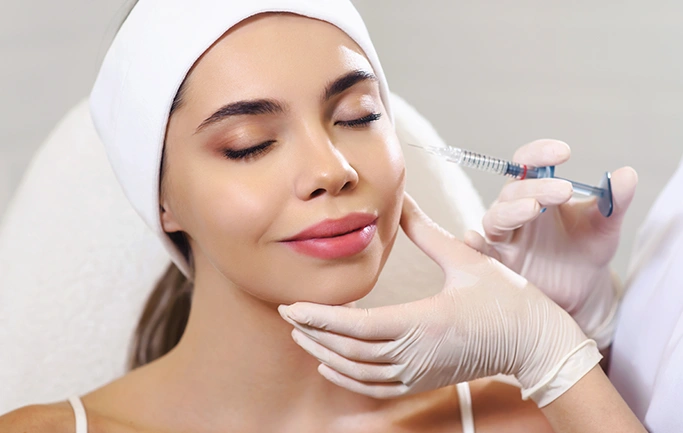
11. Different Types And Brands Of Botox
Botulinum toxin is commercially sold under the following names:
- Botox, Botox cosmetic (botulinum toxin type A or OnabotulinumtoxinA), Vistabel,
- Bocouture, Xeomin (botulinum toxin type A or IncobotulinumtoxinA)
- Dysport (botulinum toxin type A or AbobotulinumtoxinA)
- Myobloc (botulinum toxin type B or RimabotulinumtoxinB).
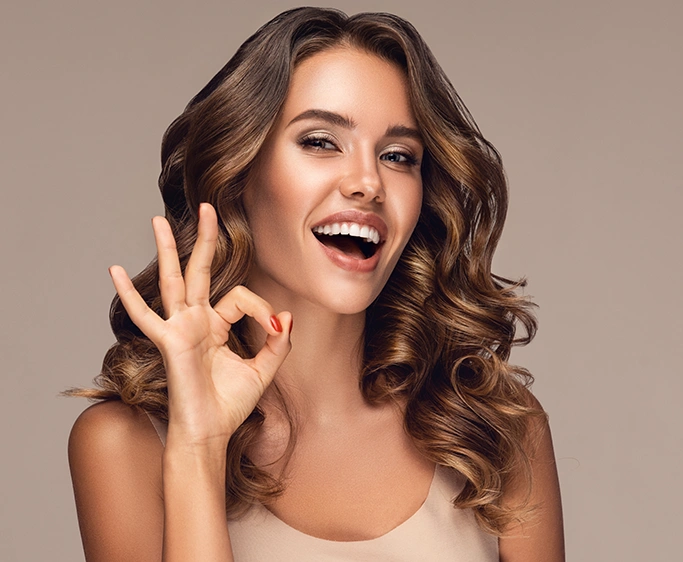
12. How Much Does Botox Cost (Cover All Types Of Treatments In Point 3)
Cosmetic use of Botox is not covered by health insurance and although Botox treatment is usually less expensive than surgical interventions, you should still consider the cost before going for Botox injections. The overall cost of Botox injection hinges on a number of factors including the level of expertise of the physician, quality of care provided, Botox costs treatment may range between $200 to $500 or more depending on the factors listed earlier. Many practitioners offer promotions at the end of the year so you may think about getting your Botox shot in that period if you are on a budget. Discounts are usually offered to repeat customers and customers treating multiple areas at once. You should be wary of prices that are looking too affordable because the quality of Botox injections could be compromised. Always ensure you get your shot from a registered physician or cosmetic surgeon.
- Monday 09:00AM - 08:00PM
- Tuesday 09:00AM - 08:00PM
- Wednesday 09:00AM - 08:00PM
- Thursday 09:00AM - 08:00PM
- Friday 09:00AM - 08:00PM
- Saturday 09:00AM - 08:00PM
- Sunday 09:00AM - 04:00PM






